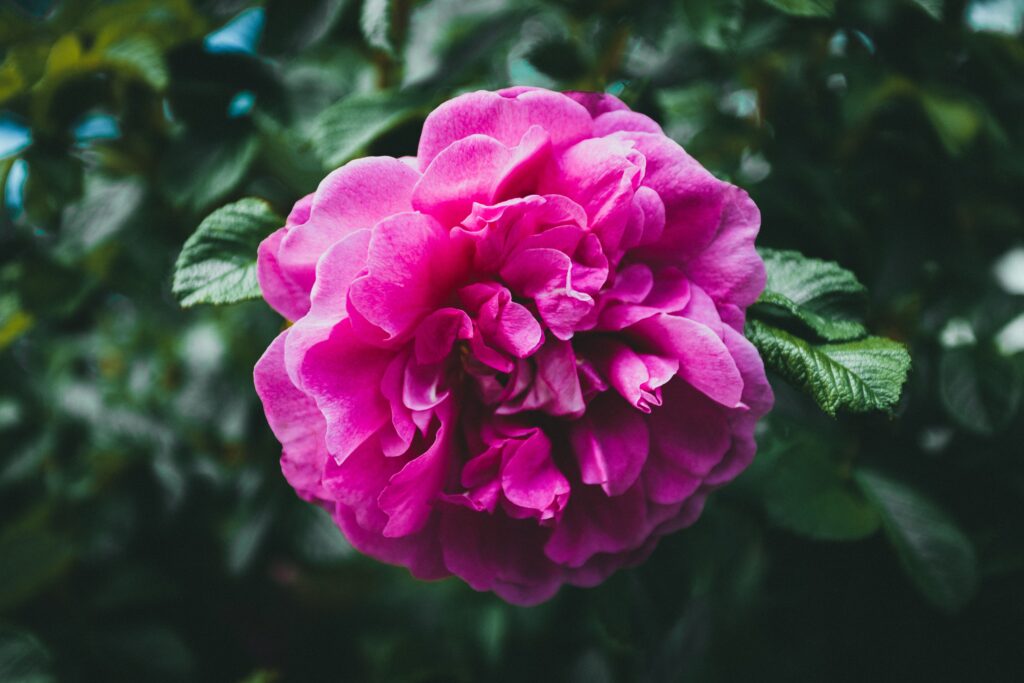“What’s in a name?
That which we call a rose
By any other name would smell as sweet”
William Shakespeare
Indeed, it would. But if you were to ask for ‘daisies’ at the garden centre, you could be after Mexican fleabane, Shasta daisies, Marguerites, Common daisies, Ox-eye daisies, or a host of other daisy-like plants. However, if you were to ask for Erigeron karvinskianus – they’ll know precisely what you’re looking for.
Plant names can seem like a complex topic, but it’s actually a very simple system, and with a little knowledge you’ll discover a whole world of fascinating botanical names – many of which tell you quite a lot about the plant itself. Many people assume the names are Latin; most of them are not but are often drawn from words with a Latin or Greek origin, or are ‘Latinised’ words from other languages.
Binomial epithets are made from two words – the genus (such as Rosa or Pinus) then the species (such as damascena or contorta, meaning Damask Rose or Twisted Pine).
Genus groups can be huge – with many species underneath them. The Genus Rosa contains around 180 species, but would you believe that Euphorbia contains nearly 2000 species? On the other end of the scale, the biloba is the only species in the Genus Ginkgo – although plant breeders are producing more cultivars each year.
Other name ‘bits’ you might see:
Cultivars are ‘Cultivated varieties’ – they have been bred for specific features like large flowers, or an early flowering period. They don’t occur naturally in the wild and survive only in cultivation. Formas, varietias and subspecies are all plants with interesting features that aren’t distinct enough to be species or cultivars on their own.
Plant classifications were previously based on observable features – plants that shared features were put into the same family. Now, classifications are regularly rearranged as DNA analysis uncovers previously unknown relationships and prove that some very similar-looking plants are not really related at all. This important and fascinating work is a cause of much wailing amongst horticulturists, as they must relearn plant names they’ve used for years! I can understand why, when faced with a change from Sedum ‘Autumn Joy’ to Hylotelephium telephium (Herbstfreude group) ‘Autumn Joy’ – some gardeners might start gripping their shears a little tighter.
You might well ask “but what’s the point? It all seems just too confusing” but it’s vital to correctly identify the plant in order to give it the best conditions and care to thrive. With multiples of species within a genus, it’s essential to understand which one you’re working with. In addition to this, the common names of plants often repeat themselves for different plants altogether – such as the sage of European culinary usage and the sage of the Western USA brushlands. Both bear the same common name but in fact are entirely different genus and species from different continents. By using the correct scientific names (Salvia officialis and Artemisia tridentata) they are instantly differentiated, and confusion is avoided.
The species of the genus is equally important – another Salvia, Salvia cocinnea, the Scarlet Sage, is poisonous – so if you were to consume Salvia thinking “it’s sage, it’s safe” yes, it is the correct genus but NOT the edible species.
So yes – a rose by any other name would smell as sweet, but it’ll smell even sweeter if you know the correct botanical name for it.

